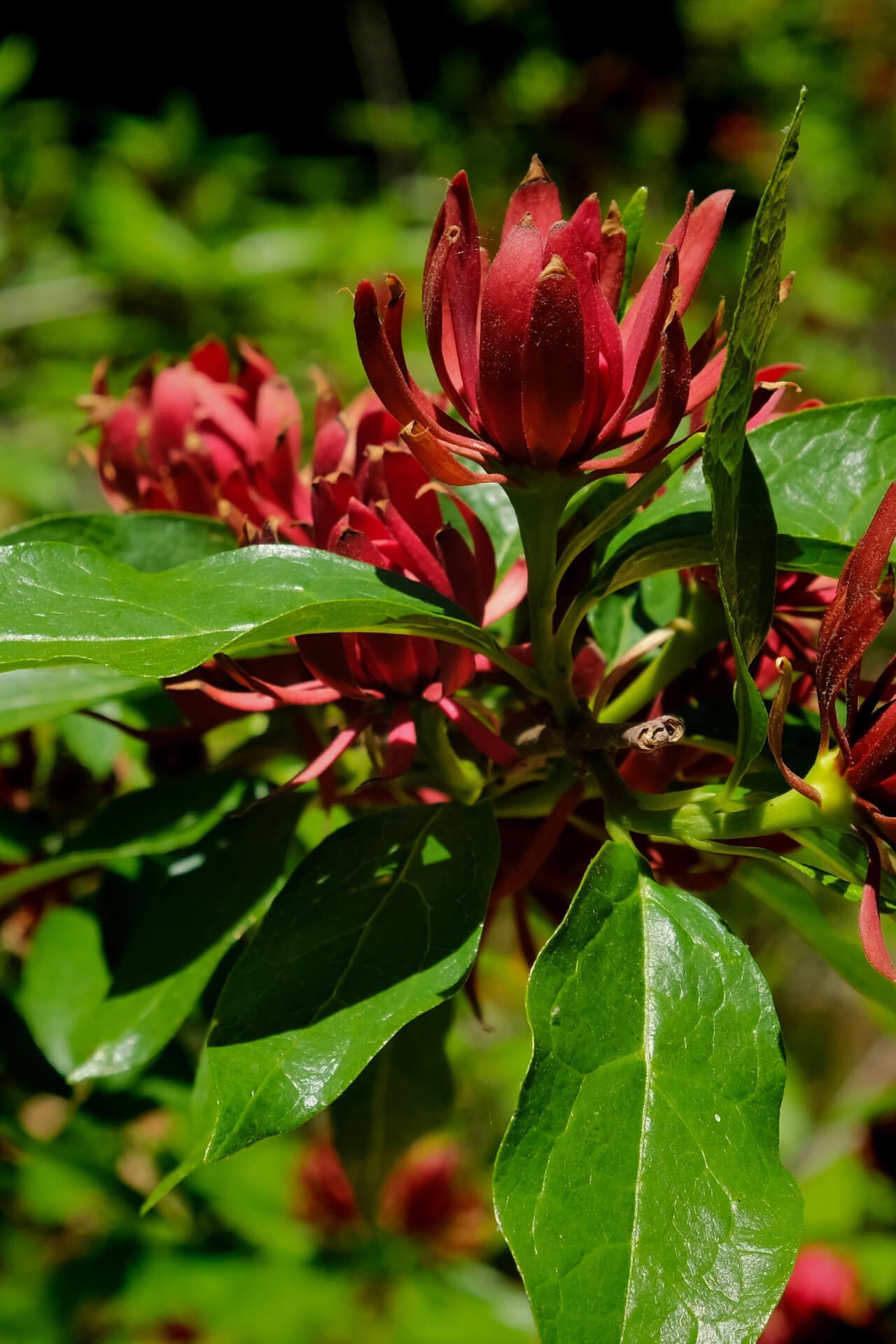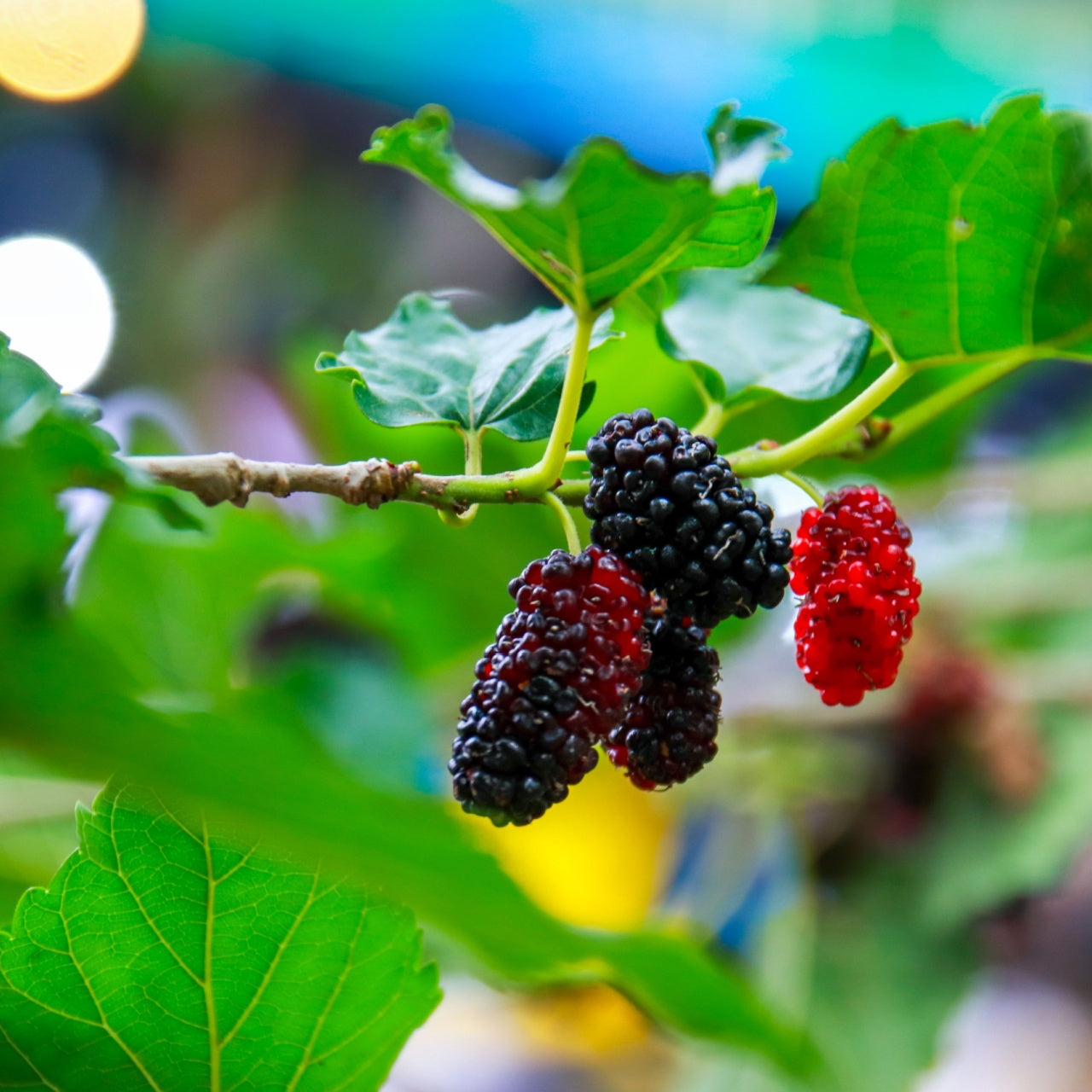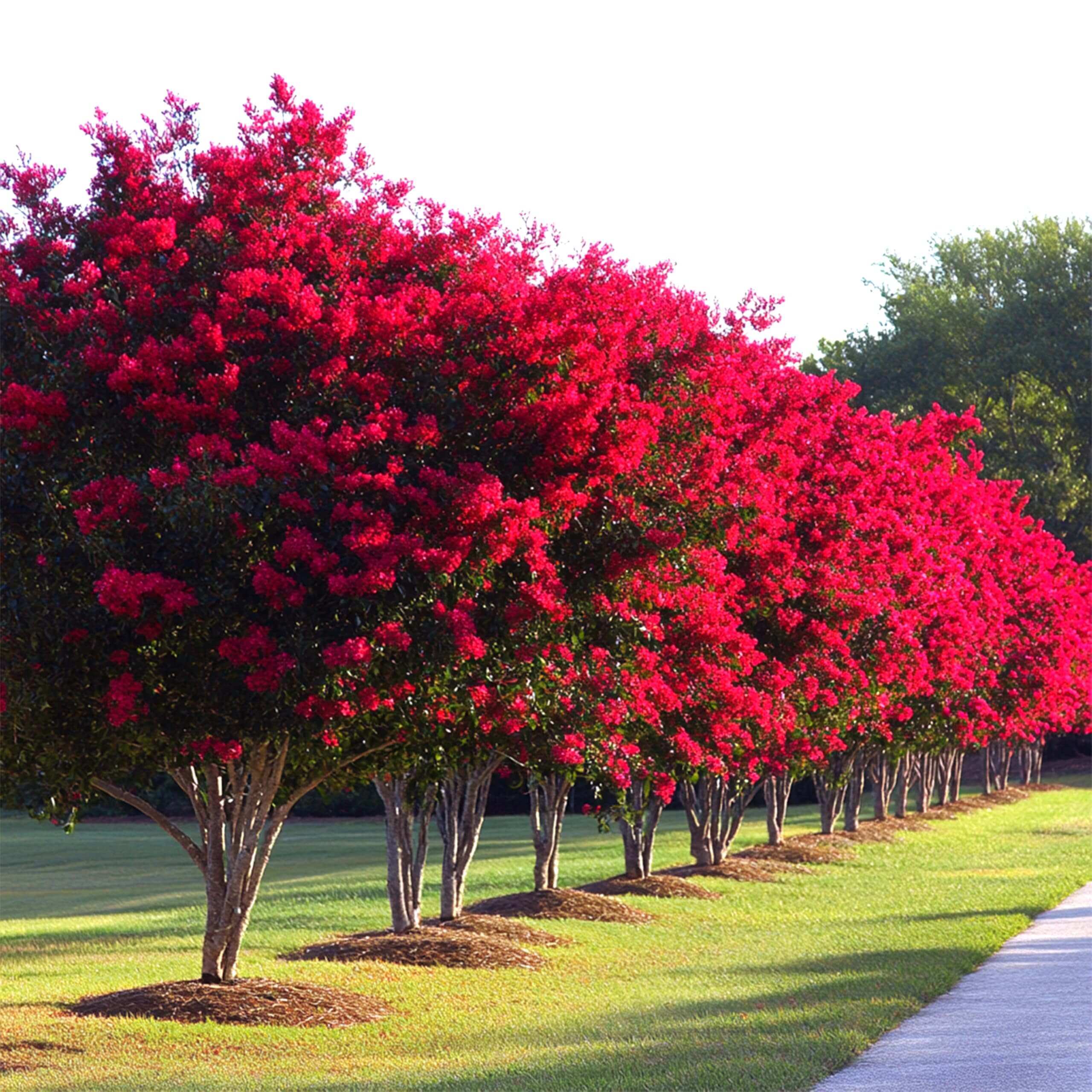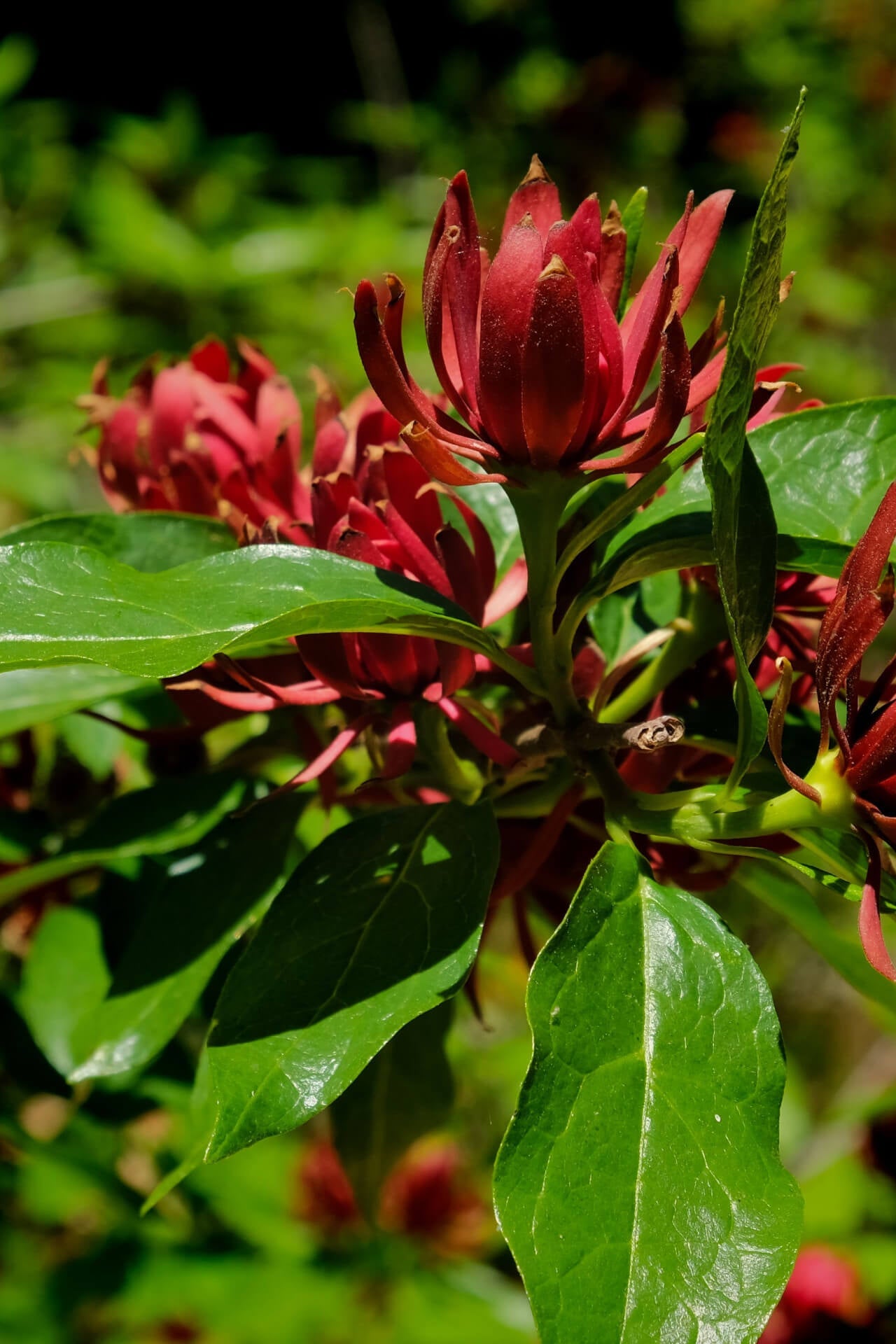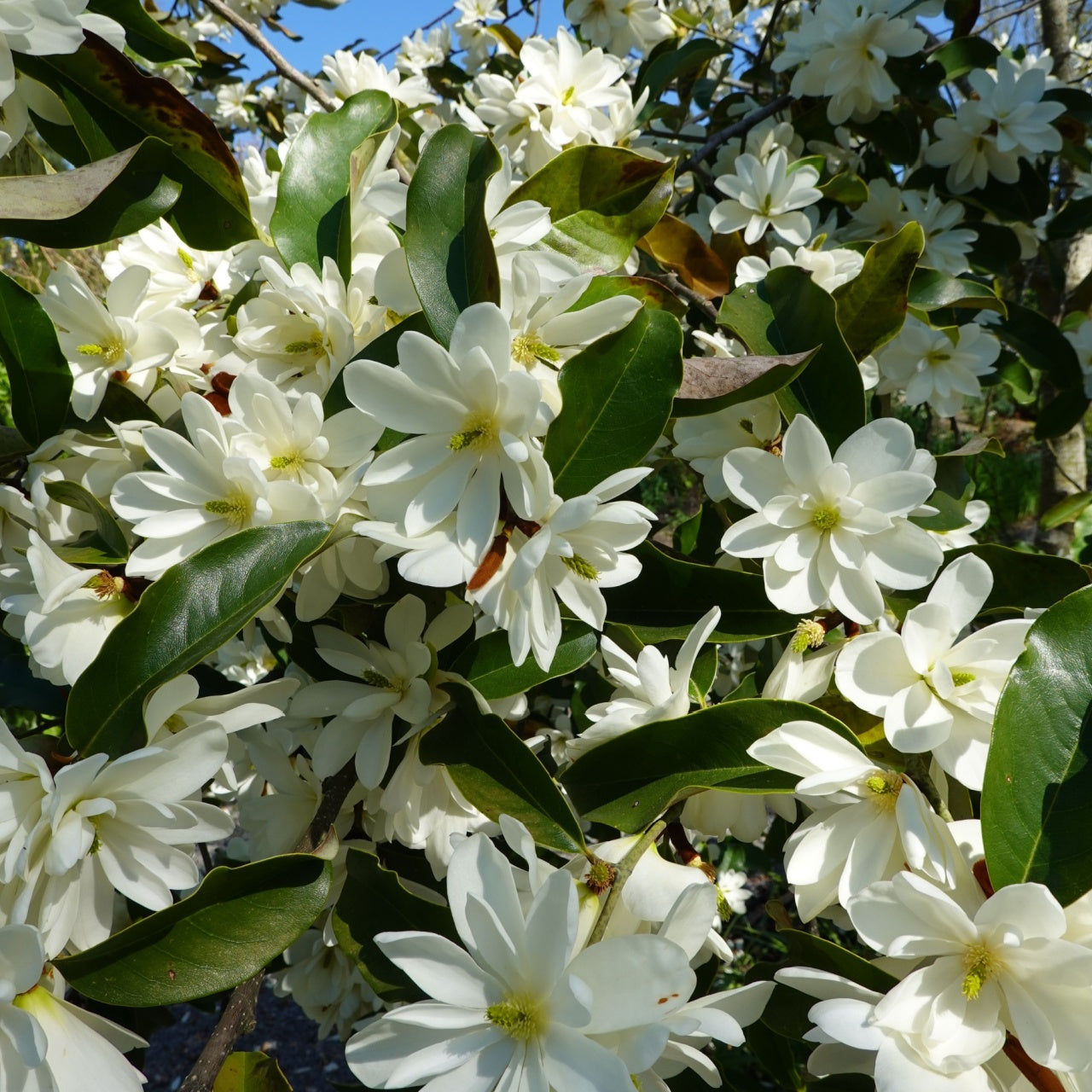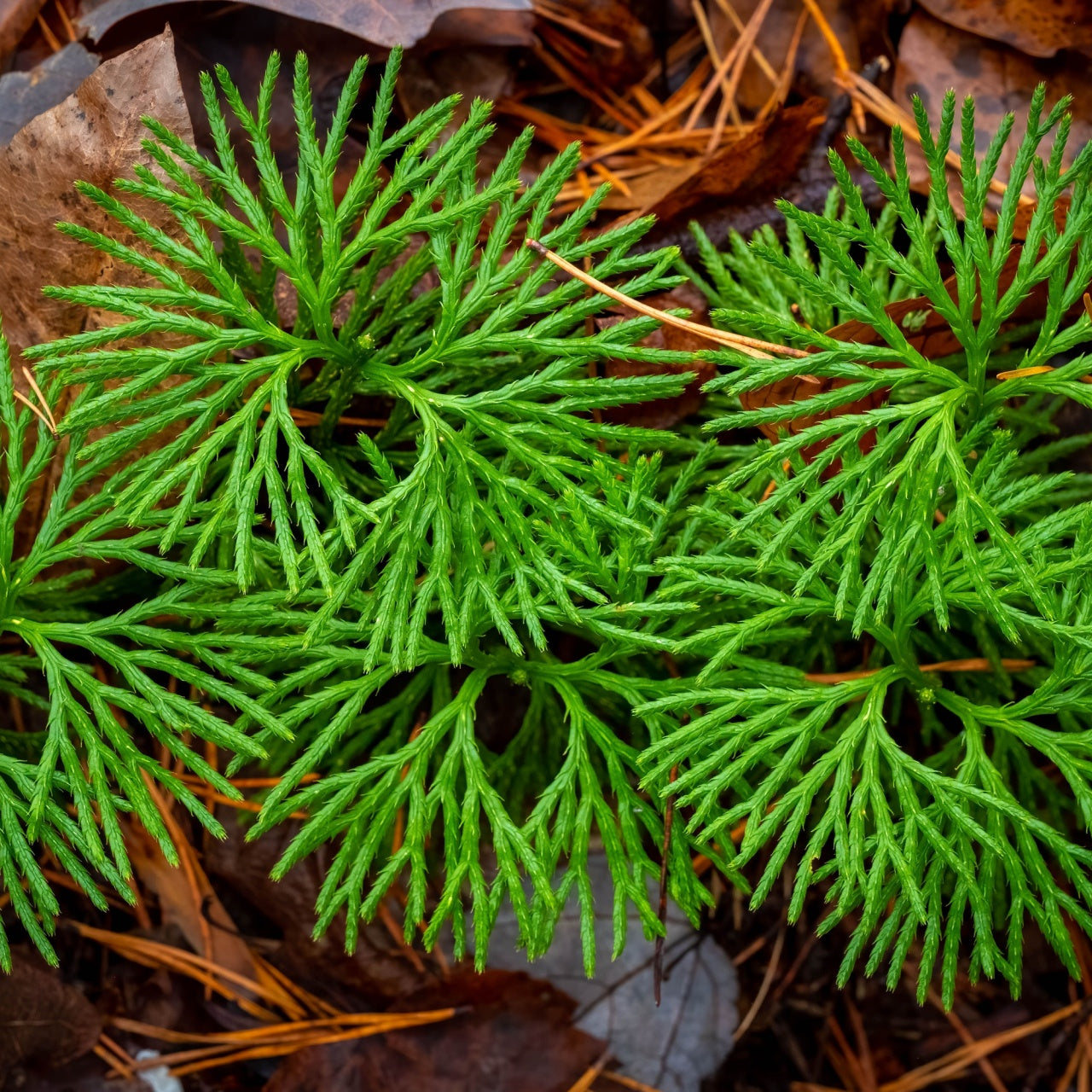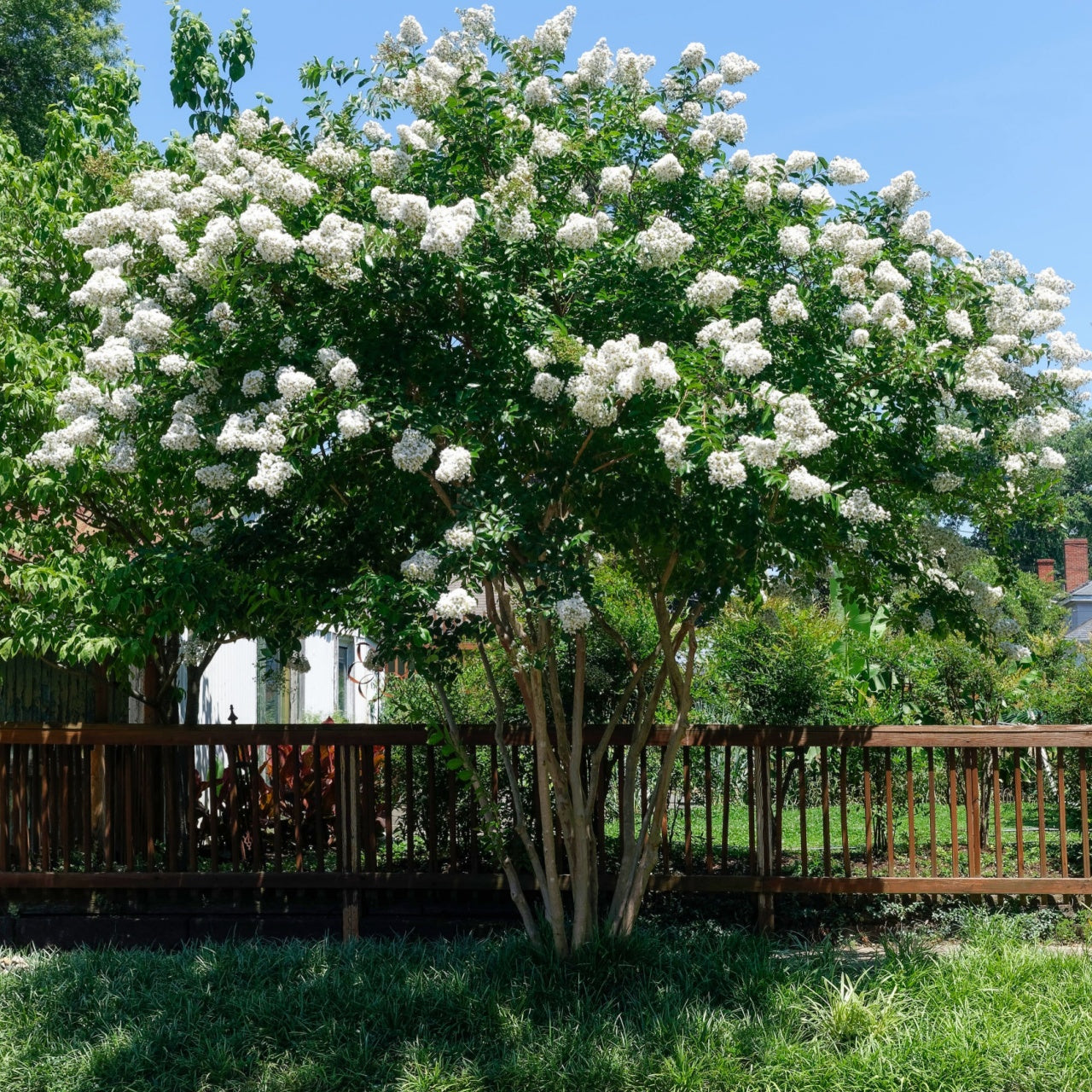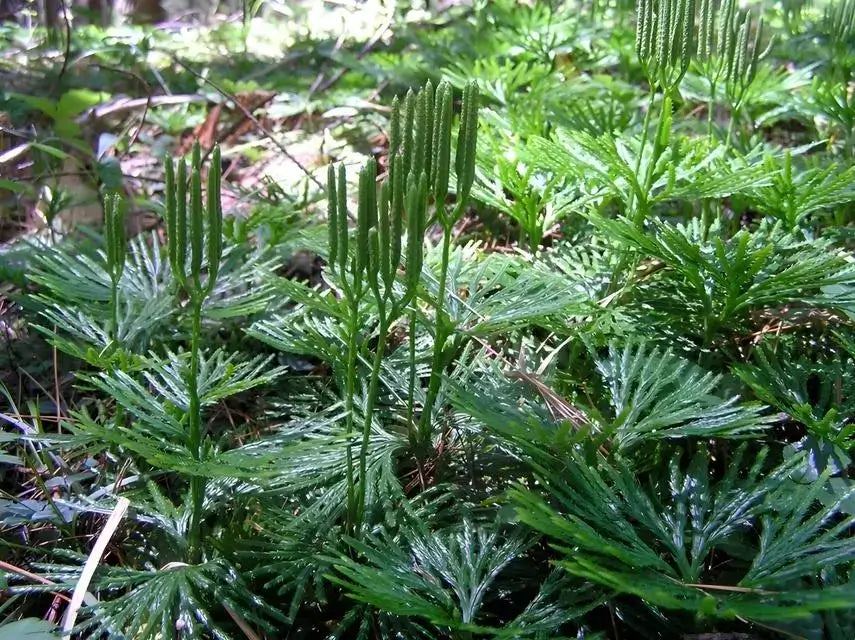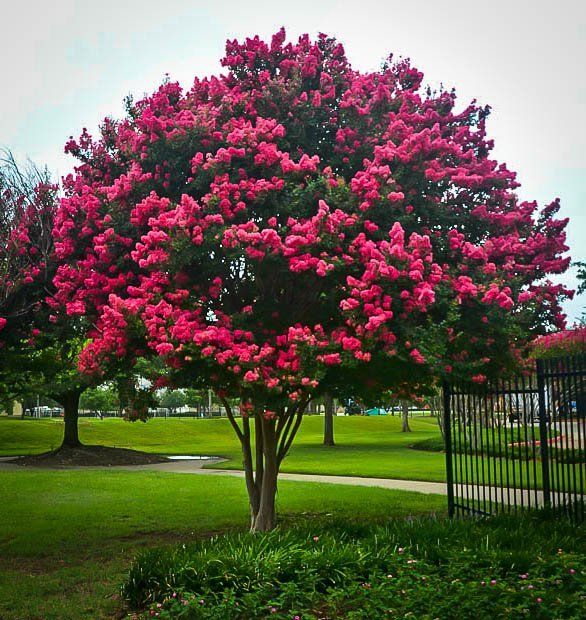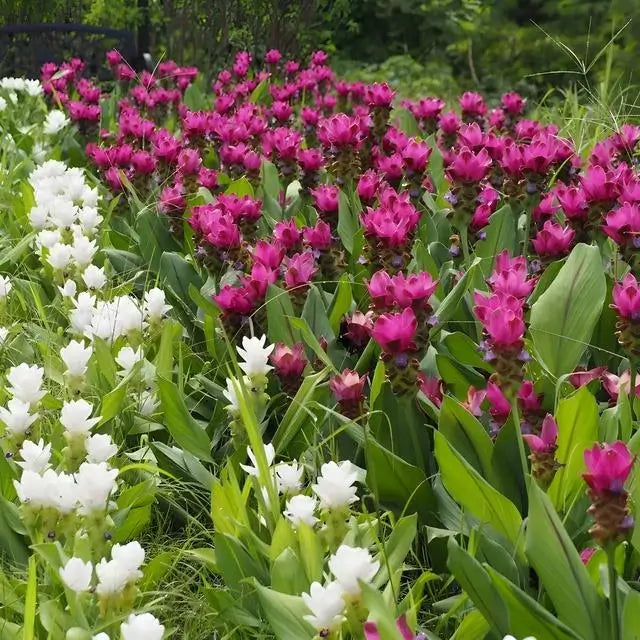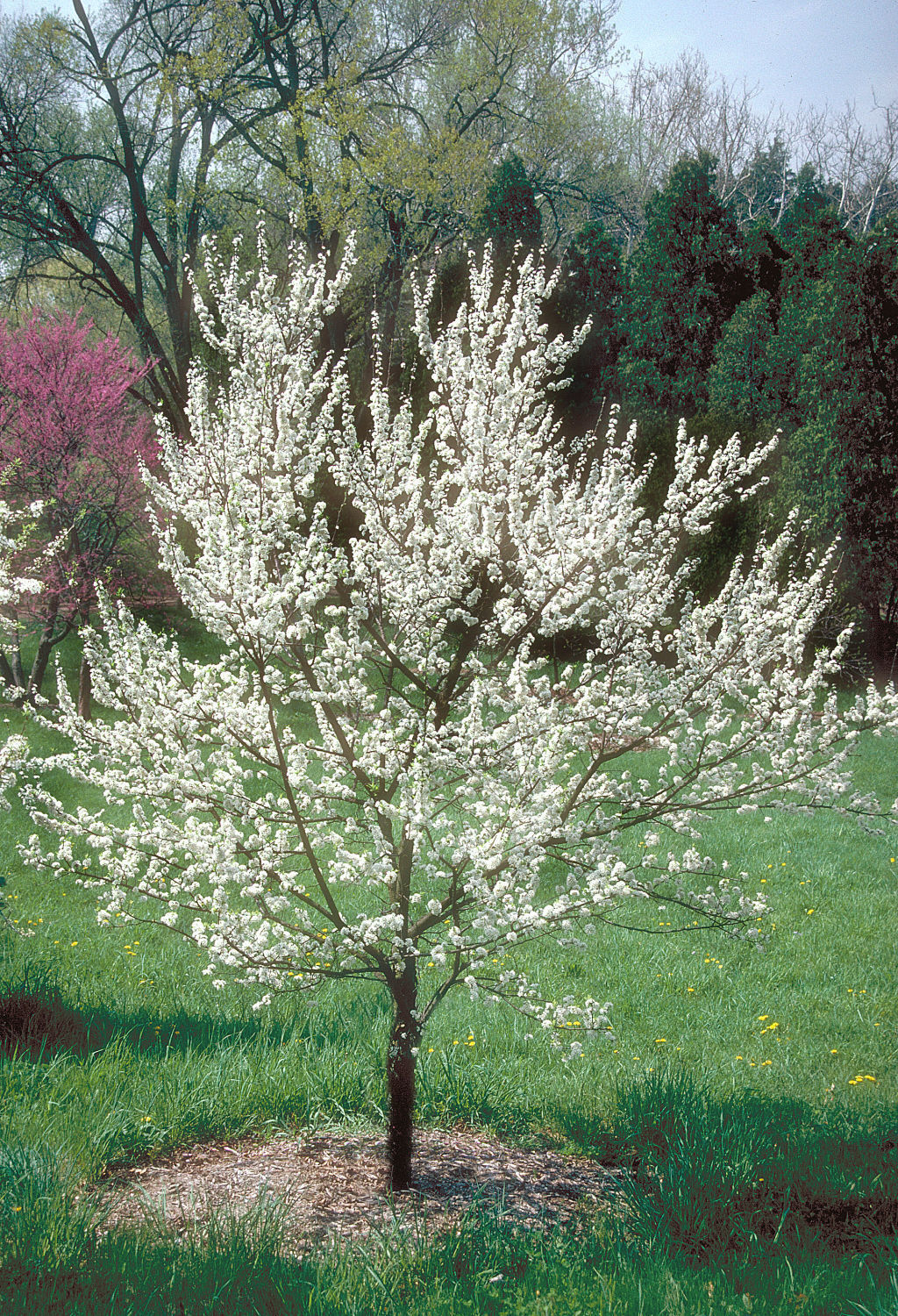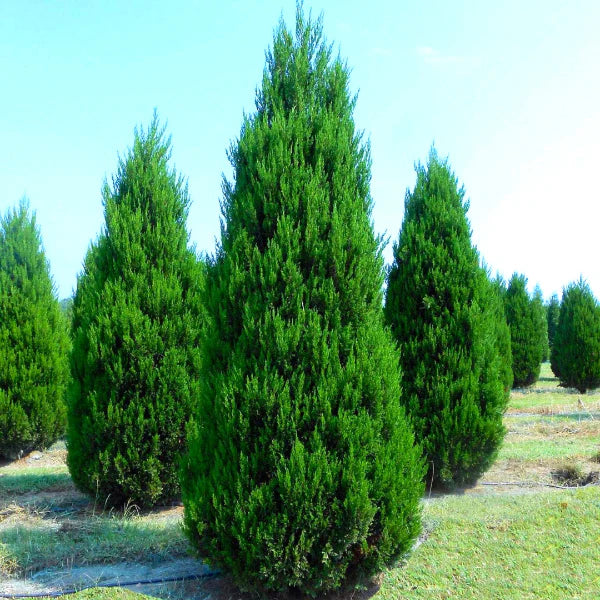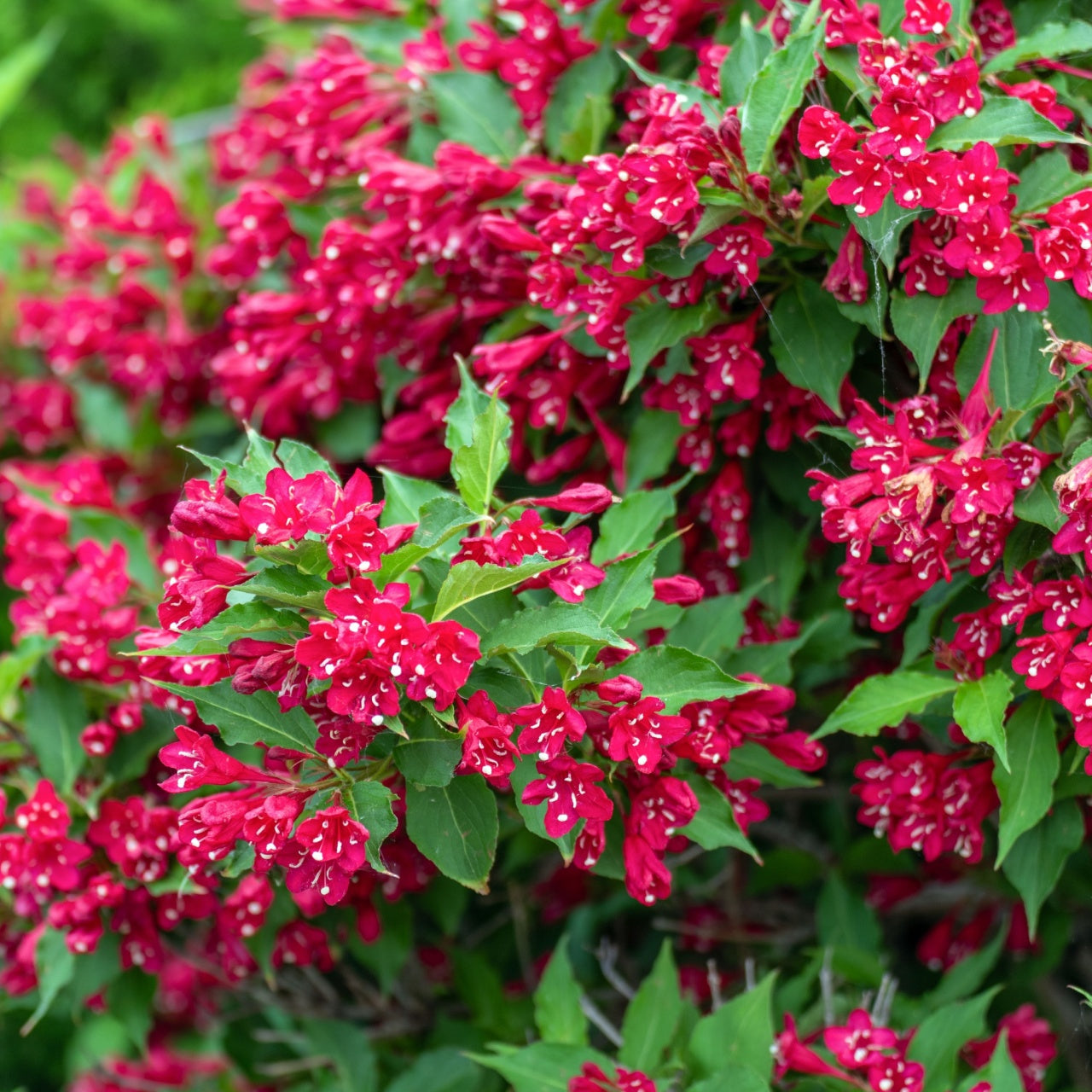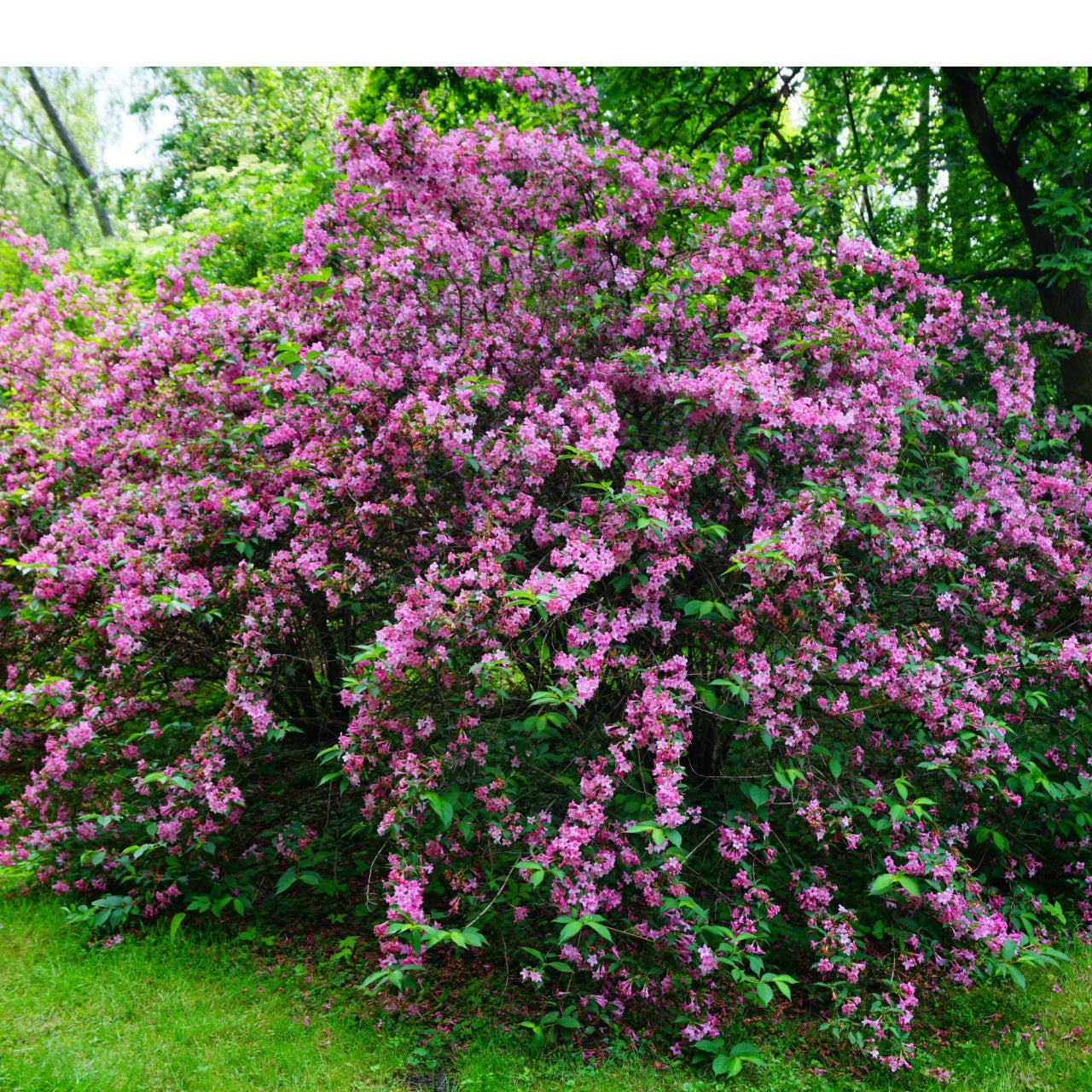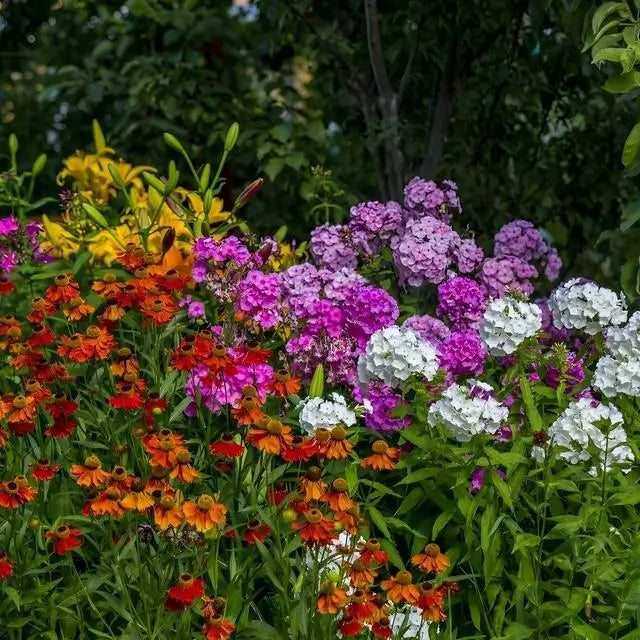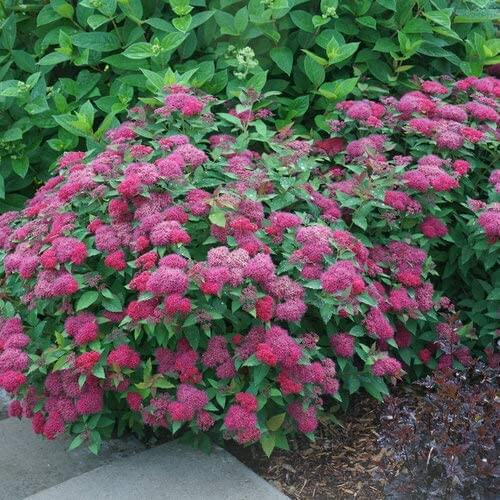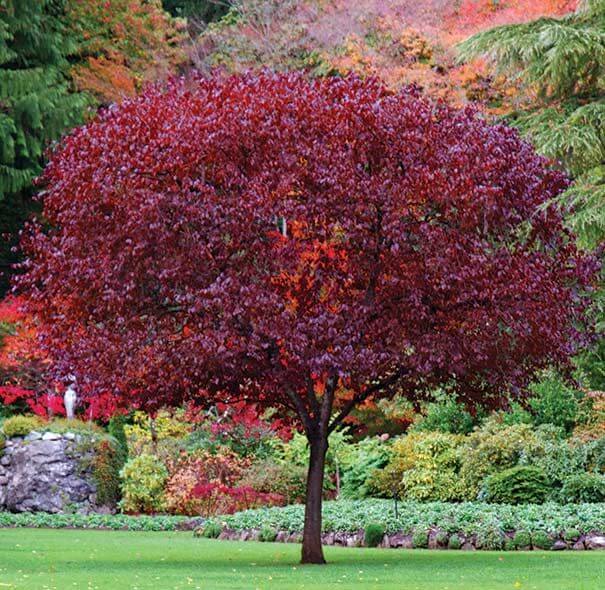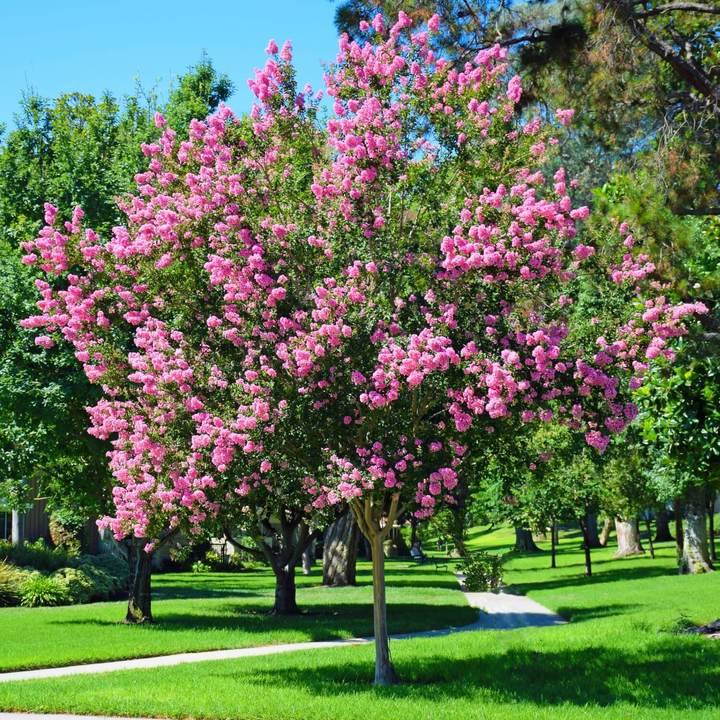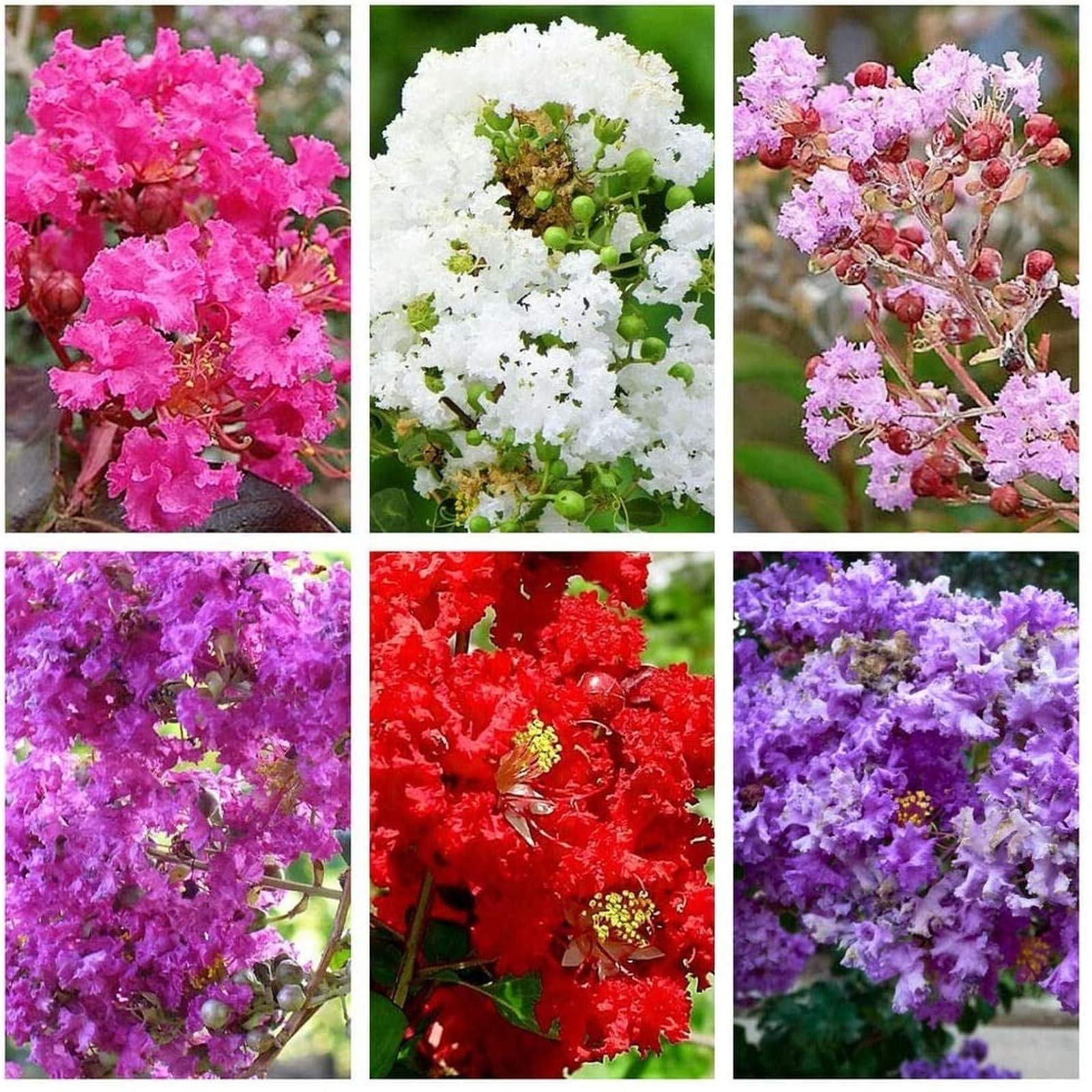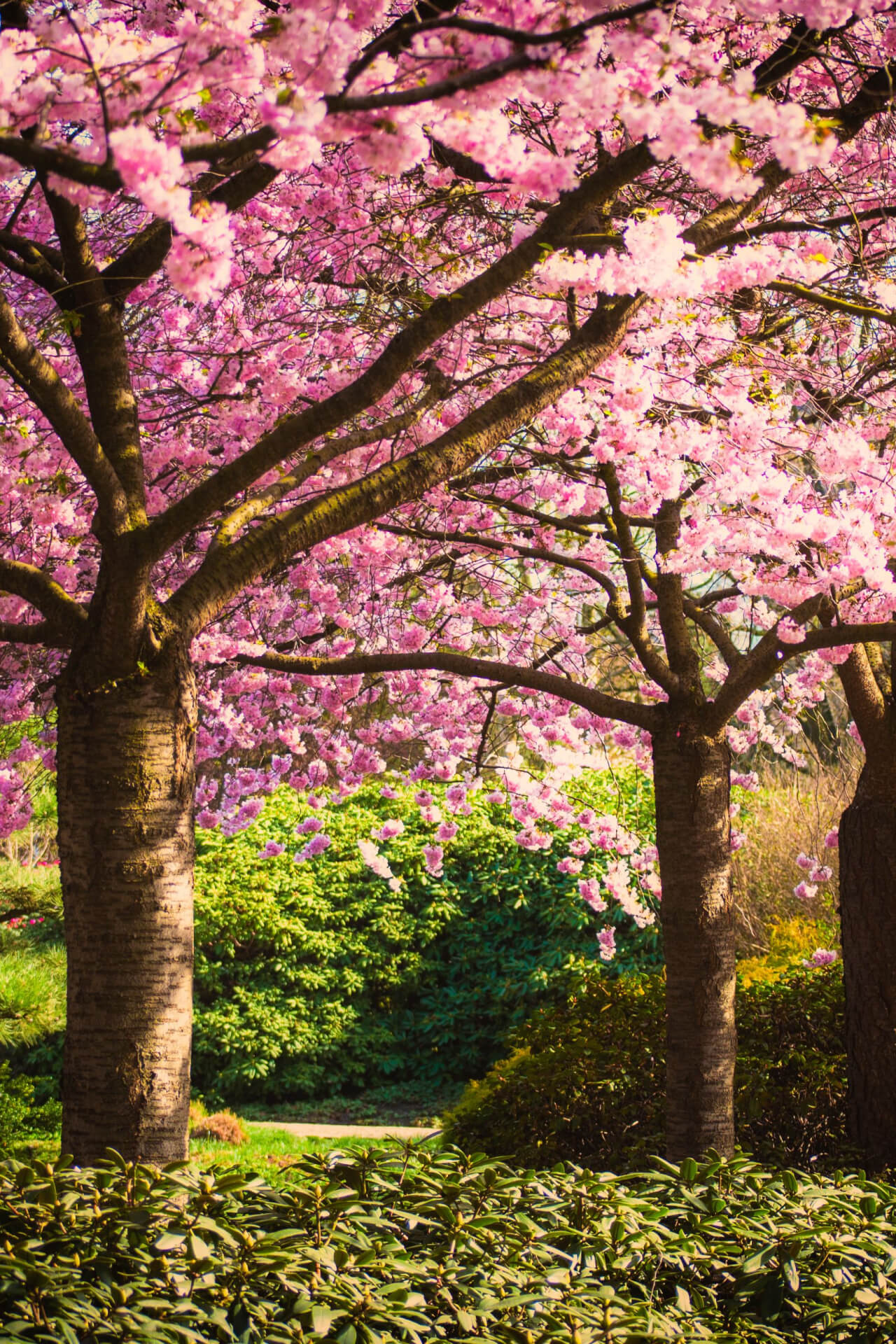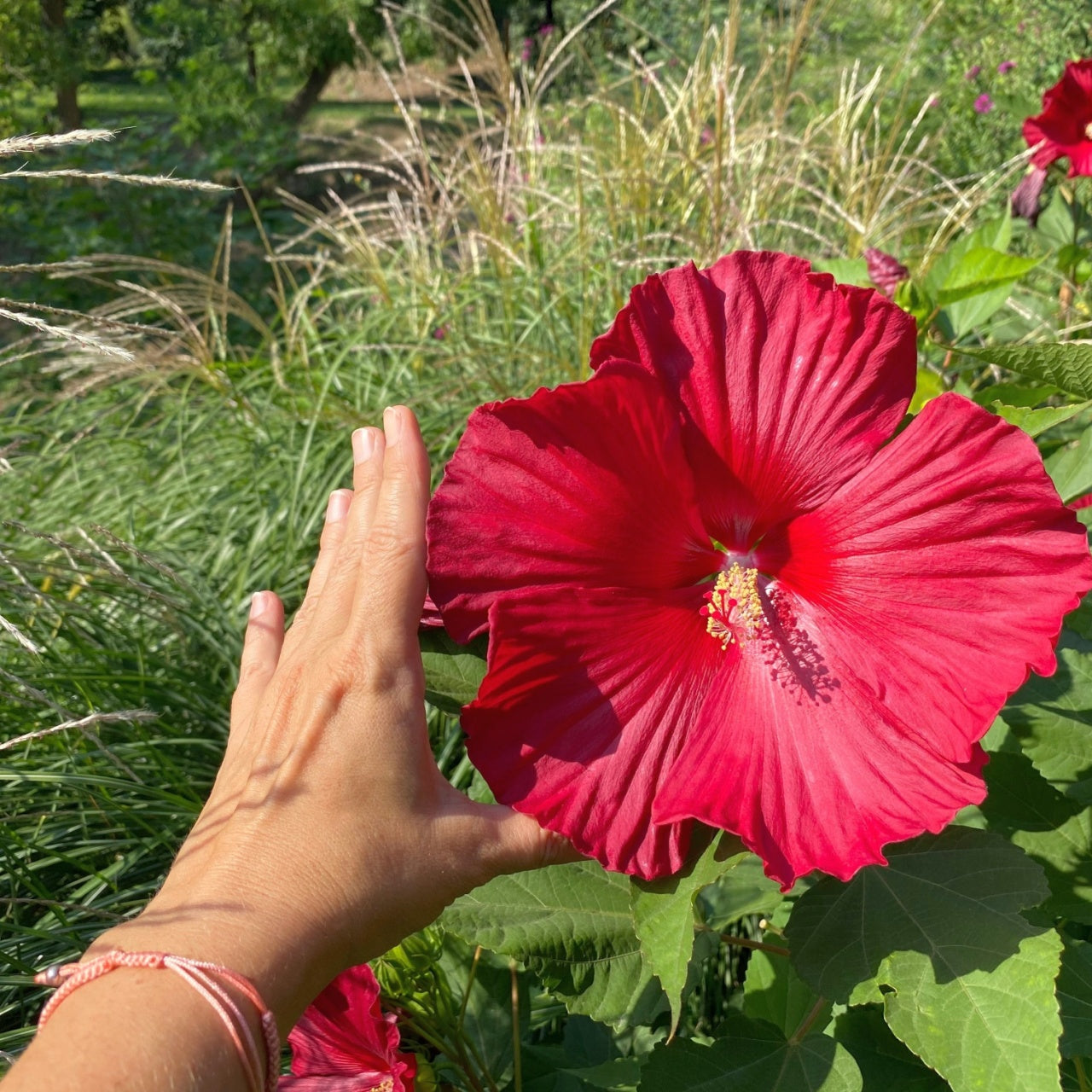Fragrant Plants For Sale - Outdoor Aromatherapy
Fragrant plants offer more than beauty; they offer outdoor aroma therapy. TN Nursery's selection of aromatic flowering plants has a scent like love. Our company has been family-operated since 1959, and we offer buy one, get one free deals on almost all our flowers, including scented floral bloomers.
Aromatic plants and trees have long been cherished for their therapeutic benefits for the mind and body. People have been using them in aromatherapy for years to ease stress and anxiety and encourage relaxation. However, it's not only the aroma that makes these plants a preferred choice for gardening. These plants enhance the yard's beauty, attract pollinators, and repel mosquitoes.
Fragrant Plants Ease Stress
Imagine walking into your garden and experiencing the most delicate aroma. Fragrance plants create a whole new dimension that makes you want to spend more time sipping tea or reading a book in your garden. These plants are ideal for smaller gardens where their scent doesn't easily escape. However, gardeners love to plant fragrance plants in their spacious backyards to promote relaxation and reduce stress.
If you have been looking for the perfect plants for fragrance, TN Nursery has all the plants and trees you can think of.
Featured Fragrant Plants
At TN Nursery, you can choose plants based on their bloom color, bloom season, height at maturity, exposure, and fragrance. Different fragrances are known to offer various benefits. You can pick any plants that match your landscaping and planting zone.
Carolina Allspice
This shrub has a strawberry-like fragrance and features maroon-brown petals. This plant's root or bark is used to make cold tea that may be used to treat kidney and bladder issues.
Cedar Trees
This even green hardwood has a pleasant woodsy aroma that not only acts as a natural mosquito repellent but also promotes relaxation. Its wood, berries, and leaves are used for medicinal purposes.
Peony Is A Very Fragrant Plant
Heirloom Peony is a highly fragrant plant that blooms in late spring to early summer and can thrive in summer heat. The plants feature beautiful white, pink, and rose blooms, making them a perfect addition to your garden.
